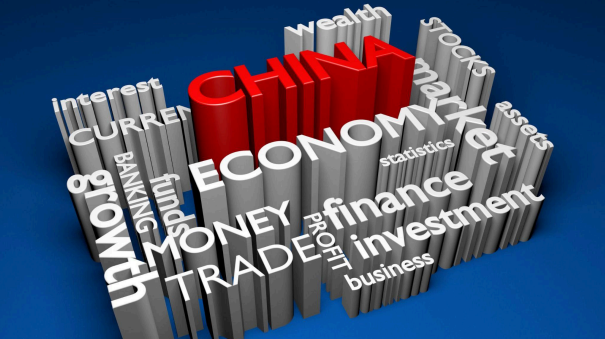THE RISE AND FALL OF THE DRAGON

- 10 Jun 2022
Being the most populous country in the world, China has successfully proven the significance of a productive labor force in the economy. Bordering 14 countries across the world, China is the home to approximately 1.4 billion people. The emerging superpower was able to create an unmatched record of industrial output by acquiring knowledge, applying technology and leveraging the abundant work force. The stunning growth trajectory undertaken by China in the past 40 years has attracted a lot of attention from the emerging economies around the world.
Historically speaking, the rise of China was marked by the ascent of Mao Zedong as the paramount leader, by empowering workers, peasants and the underprivileged people in the war-ridden backdrop of China in 1943. Uplifting people from poverty and famine and encouraging peasants to leave the farmland to become factory workers multiplied the Industrial output of China exponentially. The political strategy essentially involved the idea of sharing wealth, propagated by the Chinese Communist Party.
After 30 years of isolation under Mao’s regime, China opened up to the world in the 1970’s. The end of isolation was marked by the entry Deng Xioping,a pragmatic lenninst, who visited the U.S and placed China in the world map for industrial and capital goods production and distribution. Special Economic Zones were created across China and Communist Party was seemingly prepared to adopt American style democracy, but with a single party twist.
According to World Bank Data, around 16% of China’s population resides in 15 megacities of China with a population of over 10 million in each city. There are only 45 such cities in the world. According to History 101, China contributed to 70% of the global mobile phone production and manufactured 34% of all the air conditioners. World Bank data released in 2020 mentioned that around 18.5% or roughly one-fifth of the global GDP is contributed by the People’s Republic of China.
China was the first country in the world to face the brunt of the outbreak of the Covid-19 pandemic. It emerged as a model for recovery for other nations to follow. However, the Omicron variant left the country distressed causing funding gaps and other policy challenges. China’s overperformance has added additional pressure on growth estimates and the country may require increasing debt to sustain. Nomura estimates that there is a gap in funding by around 6 Trillion Yuan. This is due to lower returns on land sales and tax refunds.
In China, land sales is a dominant source of local government income contracted due to the crackdown of China’s real estate sector. The story of China doesn’t end here. The steps to recovery may include stimulus packages, increasing demand for commodities and real estate. The legacy of China’s growth path is a model for emerging economies. The stories of recovery are also yet to be sung.
Also Read:-Introduction to Trading Psychology
- Shreya Cherian
Join us for the Gateway to Wealth Copy Trading Tutorial

You're being redirected to another page, it may takes upto 3 seconds
